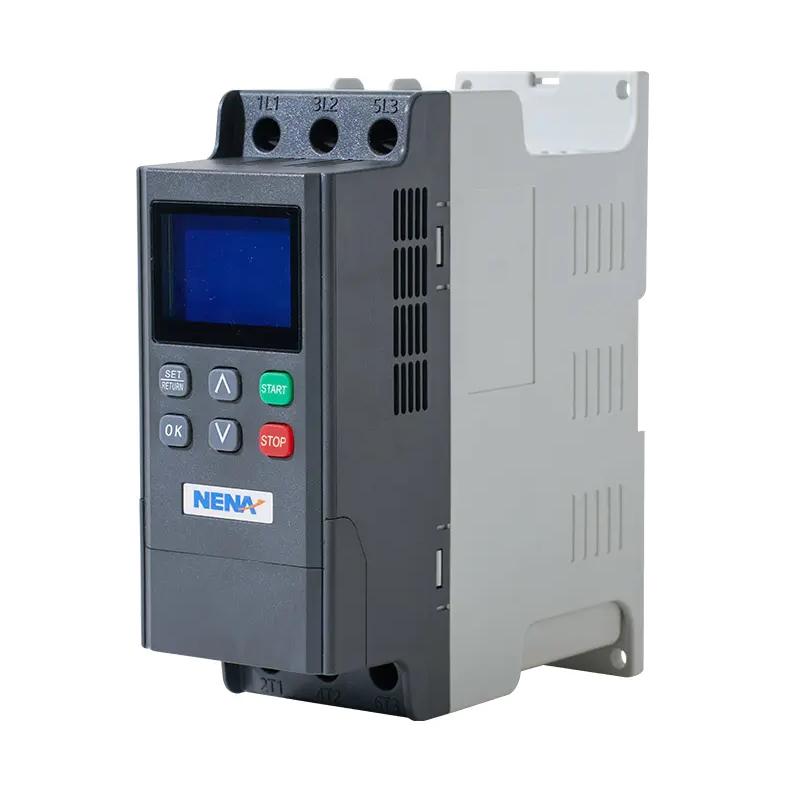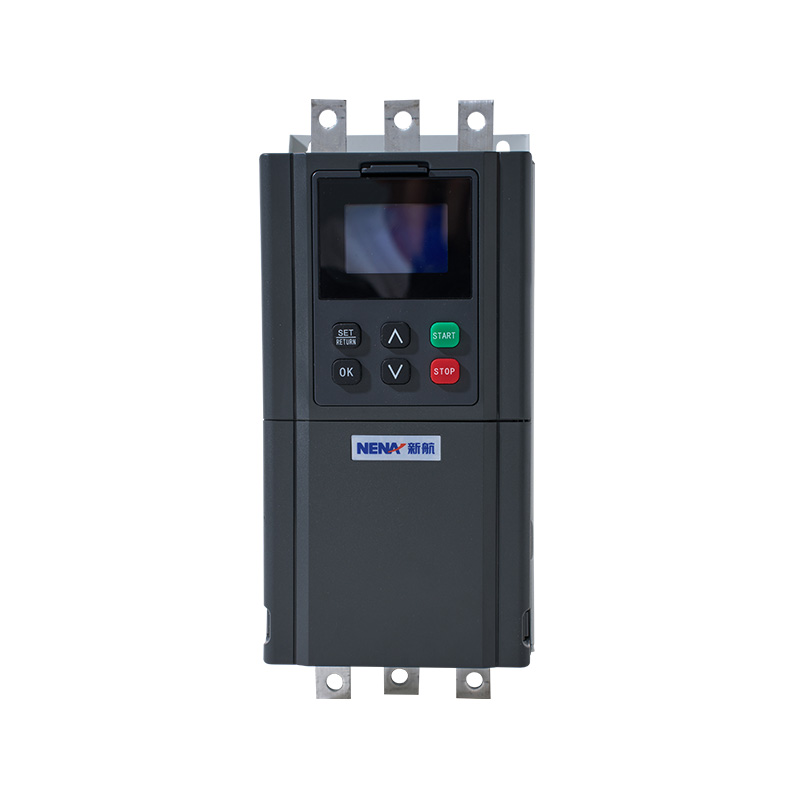Built-In Bypass Soft Starter for Reliable Motor Applications

A Built-In Bypass Soft Starter is widely applied in electrical systems to provide efficient and stable motor starting. Unlike conventional starters, this device integrates a bypass function directly within its structure, which simplifies the installation process and enhances operational safety. By incorporating the bypass internally, it eliminates the need for external contactors, allowing motors to run smoothly while reducing electrical stress on connected equipment.

The primary function of a soft starter is to gradually control the voltage supply to the motor during start-up. This process limits inrush current, reduces mechanical shocks, and helps extend the lifespan of motors and related machinery. The built-in bypass design further contributes to energy efficiency by automatically transferring the motor to run mode once full speed is achieved. At this stage, the bypass takes over, minimizing unnecessary power loss and ensuring reliable long-term operation.
Durability is a key advantage of this type of starter. The built-in bypass soft starter is engineered to handle demanding industrial conditions, including fluctuating loads and frequent start-stop cycles. Its compact design makes it suitable for integration into both low-voltage and medium-voltage systems. Additionally, many models are designed to meet international standards, which ensures compatibility across a wide range of applications, from manufacturing facilities to water treatment plants.
Ease of installation is another practical benefit. By eliminating the need for an external bypass contactor, the wiring process becomes simpler and requires less panel space. This not only reduces installation time but also helps lower overall project costs. Maintenance teams also benefit, as fewer components mean reduced risk of failure and simplified service procedures.
From an operational perspective, a built-in bypass soft starter contributes to improved system stability. By reducing electrical disturbances during motor startup, it helps maintain consistent voltage levels within the network. This is particularly important in facilities with multiple large motors operating simultaneously, as uncontrolled starting currents could otherwise impact sensitive equipment.
In terms of applications, built-in bypass soft starters are commonly used in pumps, compressors, conveyors, and fans. These are all systems where controlled acceleration is crucial for protecting mechanical components and ensuring smooth performance. For example, in pump systems, the soft starter prevents water hammer by allowing pressure to build gradually, reducing strain on pipes and valves.
Overall, the built-in bypass soft starter represents a practical solution for modern industries that require both reliable performance and efficient energy use. Its combination of integrated bypass functionality, easy installation, and dependable operation makes it an essential part of many electrical systems.





